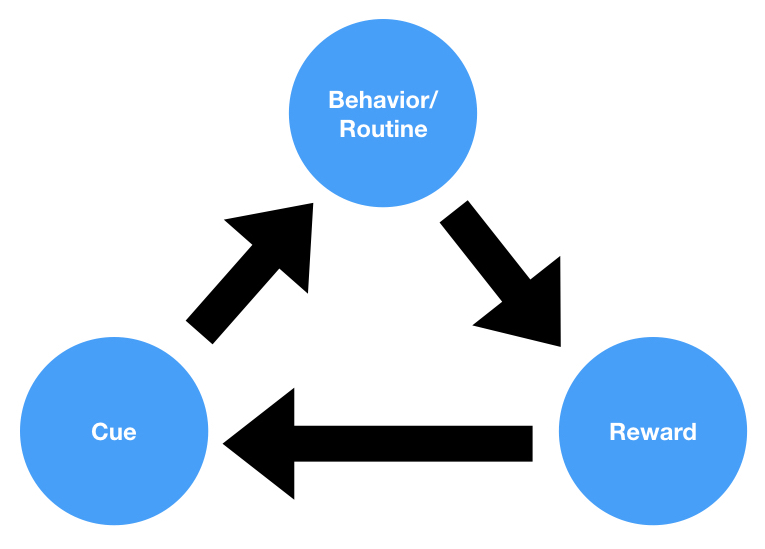What is Synaptic Pruning?
Synaptic pruning is a critical neurodevelopmental process that occurs primarily during childhood and adolescence. It involves the selective elimination of unnecessary or weak synaptic connections, which helps to refine and strengthen the brain’s neural circuits, optimize brain function, and increase overall efficiency.
Process and Mechanisms
-
Neural Development
During early neural development, the brain generates an excess of synapses, or connections between neurons. This overproduction of synapses allows the brain to be highly adaptable and responsive to environmental stimuli. As the brain matures, it undergoes a process of fine-tuning its neural connections by selectively eliminating weaker or less-used synapses, while strengthening and maintaining the more active ones.
-
Activity-Dependent Pruning
Synaptic pruning is an activity-dependent process, meaning that the use and activation of synapses determines which connections will be maintained and which will be eliminated. Synapses that are frequently used and have strong connections are more likely to be preserved, while those that are less active or weak are more likely to be pruned away. This process is guided by various molecular and cellular mechanisms, including synaptic competition, synaptic tagging, and the involvement of glial cells.
-
Role of Glial Cells
Glial cells, particularly microglia and astrocytes, play an essential role in synaptic pruning. Microglia are the brain’s immune cells, responsible for clearing away cellular debris and maintaining brain homeostasis. They recognize and engulf weak or less active synapses, effectively eliminating them. Astrocytes, another type of glial cell, also contribute to synaptic pruning by releasing molecules that promote synaptic plasticity and reorganization.
Importance and Implications
-
Cognitive Development
Synaptic pruning plays a crucial role in cognitive development, as it helps to optimize brain function and increase processing efficiency. By refining neural connections, synaptic pruning contributes to the development of various cognitive functions, such as learning, memory, attention, and problem-solving.
-
Neuroplasticity
Neuroplasticity, the brain’s ability to change and adapt in response to experiences, is closely related to synaptic pruning. The selective strengthening and elimination of synapses during synaptic pruning help to shape neural circuits and enable the brain to adapt to its environment effectively.
-
Neuropsychiatric Disorders
Abnormalities in synaptic pruning have been implicated in various neuropsychiatric disorders, such as schizophrenia, autism spectrum disorder, and mood disorders. Altered pruning processes may lead to an imbalance in synaptic connections, contributing to the development of these conditions. Understanding the mechanisms underlying synaptic pruning may provide valuable insights for the development of potential therapeutic interventions.
Summary
Synaptic pruning is a vital neurodevelopmental process that refines and optimizes the brain’s neural connections. By selectively eliminating weak or unnecessary synapses and strengthening active ones, synaptic pruning contributes to cognitive development, neuroplasticity, and overall brain efficiency. Abnormalities in synaptic pruning have been implicated in various neuropsychiatric disorders, highlighting the importance of understanding this process for potential therapeutic interventions.




